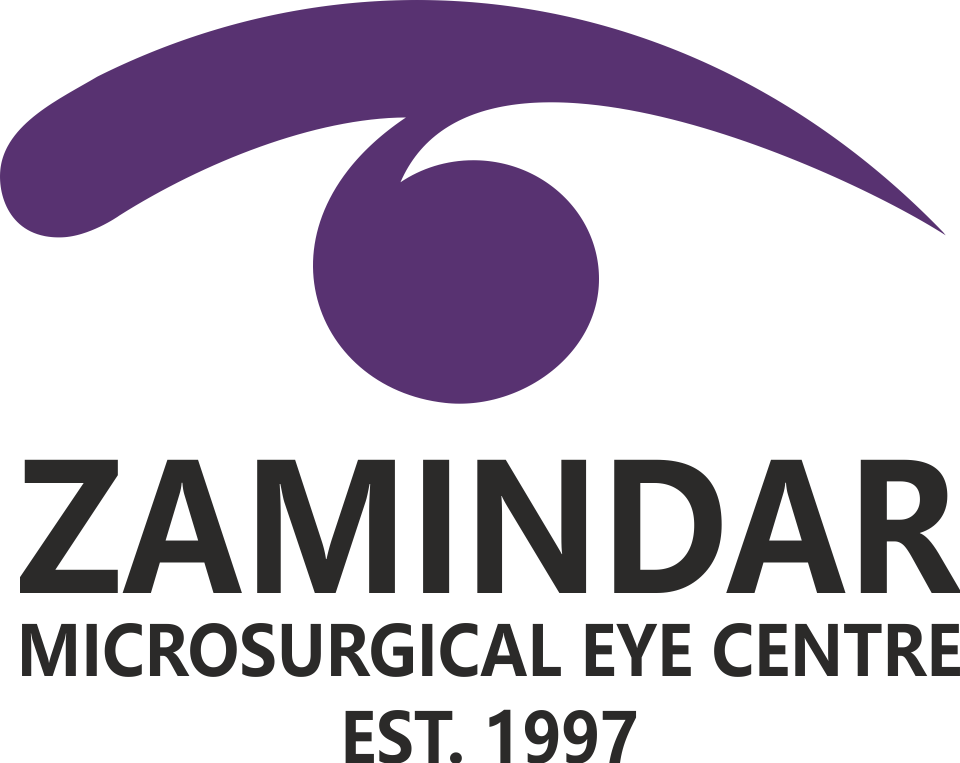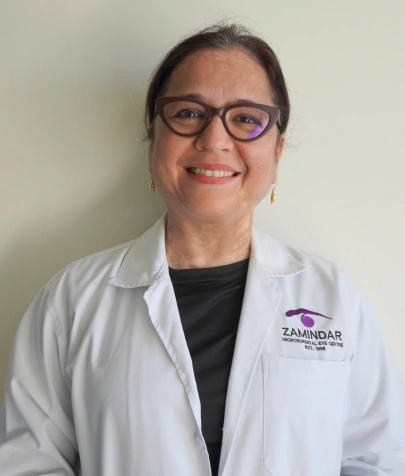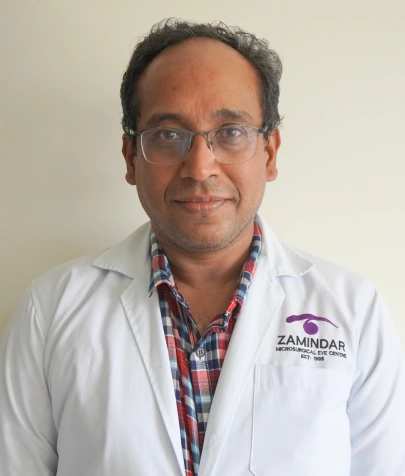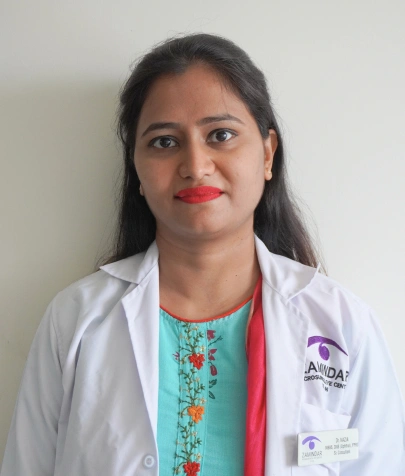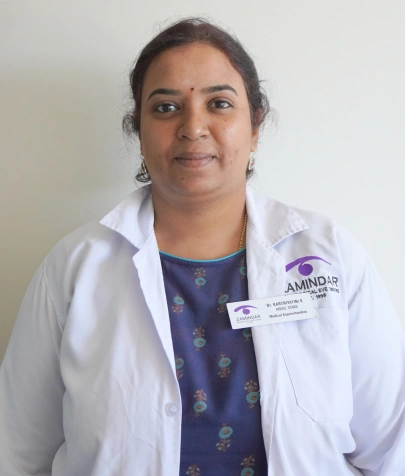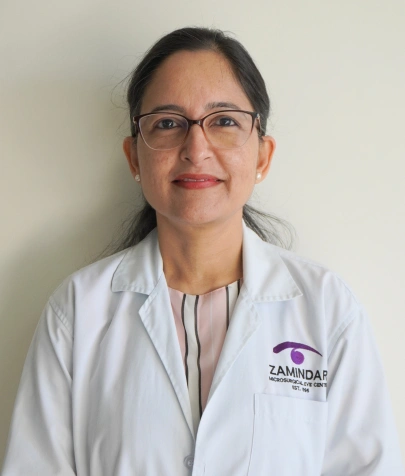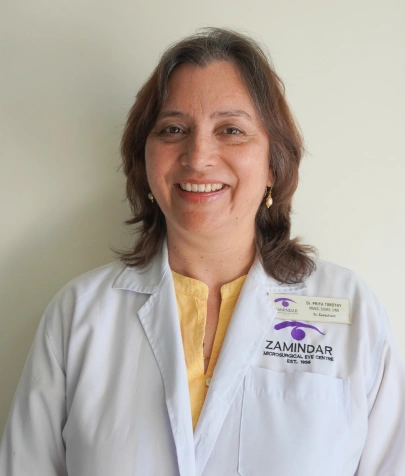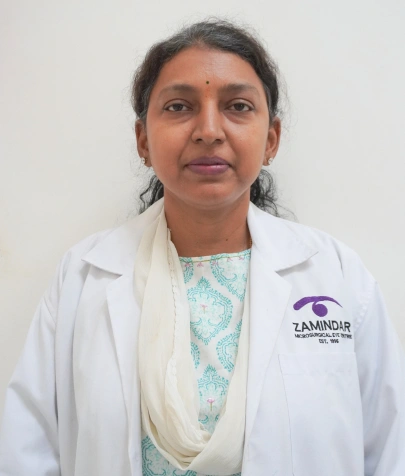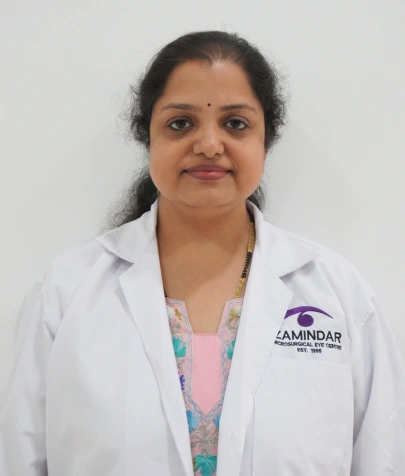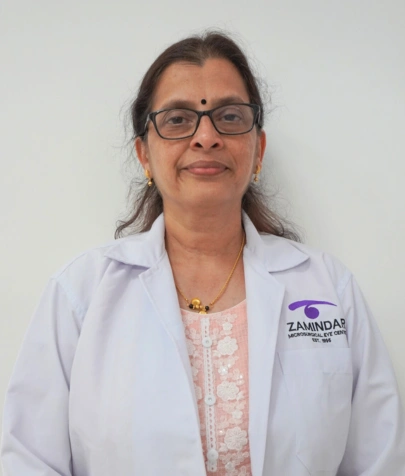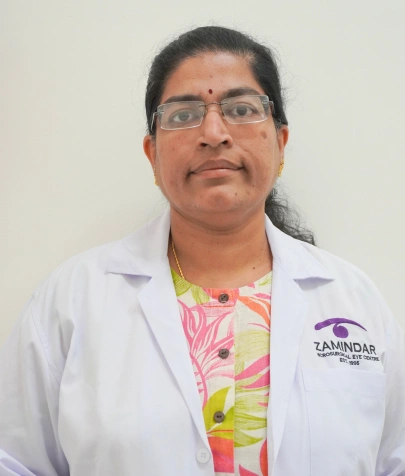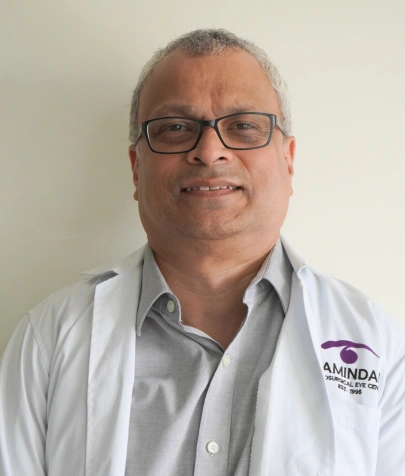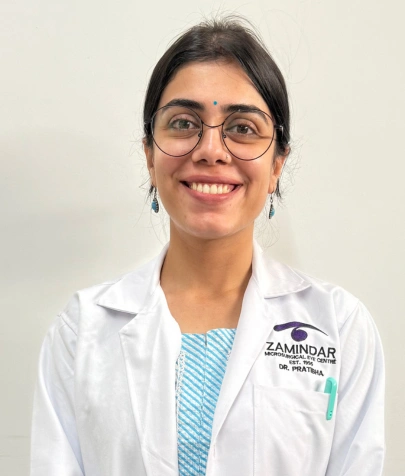
Eyesight is an invaluable sense, especially during the formative years of childhood. Ensuring the optimal vision health of our little ones extends far beyond the ability to see clearly; it profoundly impacts their overall development and well-being.
This blog explains the importance of paediatric eye exams in protecting a child’s vision and what to expect during comprehensive eye checkups for kids.
Why is a paediatric eye exam important?
There are many benefits to having your child’s eyes examined by a paediatric eye doctor regularly. Early detection and treatment of eye problems can help prevent long-term vision loss. paediatric eye exams can also help identify other health problems, like developmental delays.
Some of the benefits of paediatric eye exams are as follows.
Early detection of eye problems
Eye problems, like near-sightedness, far-sightedness, and astigmatism, may go unnoticed as parents may mistake them for mischief to escape the routines, such as homework. Early detection and treatment can help prevent them from progressing and affecting a child’s overall development.
Prevention of long-term vision loss
Some eye problems, such as amblyopia, can lead to permanent vision loss if not treated early. paediatric eye exams can help identify and analyse the cause of these problems to determine the suitable treatment.
Identification of other health problems
Eye problems can sometimes indicate other health problems, including diabetes or high blood pressure. paediatric eye exams can help identify these problems early when they are easier to treat.
When to schedule a paediatric eye exam?
Children may not show noticeable changes in their behaviour or symptoms of developmental abnormalities that can affect eye health in the future. Hence, experts recommend eye examination at three developmental stages and regular checkups every 1 to 2 years after five years of age after five years.
The three developmental stages for children to get their eyes checked are
- Between 6 to 12 months of age
- Between 12 months to 3 years
- Between 3 and 5 years
- And yearly once there after
If you have any concerns about your child’s vision, you should schedule an appointment with a paediatric eye doctor sooner.
How to identify eye problems in children?
As parents, it is crucial to be vigilant and proactive in monitoring your child’s vision. Early detection of vision problems can ensure more effective treatment. Here are some signs that may indicate your child has a vision issue:
- Frequent Eye Rubbing: If your child often rubs their eyes, it could be a sign of discomfort or eye strain. It may suggest an underlying vision problem that needs attention.
- Squinting or Closing One Eye: Children may squint or close one eye to see better if they have a refractive error like myopia or astigmatism.
- Holding Objects Close: If your child consistently has books or screens very close to their face, it could indicate near-sightedness.
- Frequent Headaches: Eye strain from uncorrected vision problems can lead to headaches, especially after activities like reading or using digital devices.
- Difficulty in School: If your child struggles with reading, writing, or other visual tasks at school, it’s worth considering if a vision issue might be the cause. Ask ChatGPT
If you observe any of these signs, consider scheduling an eye exam for your child. Early intervention can make a significant difference in their visual development and overall well-being.
How to prepare for a paediatric eye exam?
There are a few things you can do to prepare for your child’s paediatric eye checkups:
- Make sure your child gets adequate rest.
What to expect at a paediatric eye exam?
A comprehensive eye examination for kids involves multiple tests to ensure all aspects of vision and eye health. Some of the important tests are as follows.
Visual Acuity Test
It is one of the primary tests for your child in an eye exam. It measures the sharpness of their eyesight. The ophthalmologist asks your kid to identify letters or objects on a projected eye chart to measure the distance your child can see clearly. It may also involve a tiny hand-held acuity chart to measure the space of sight at a standard reading distance.
Cover Test
It allows the paediatric ophthalmologist to check how your child’s eyes work in synchronisation. The ophthalmologist will ask your child to focus on a small object across the room and then cover each eye alternately while they look at the object. The test is then repeated with the child looking at an object nearby — at a much shorter distance. It assesses whether the uncovered eye moves to pick up the fixation target.
Eye Movement Test
The Ocular Motility Testing helps determine the eyes’ ability to follow a moving object, how quickly they can move between two objects, and how accurately they fixate on them. Eye movement defects can cause blurry vision, eye strain, headaches, and other issues. Thus, this test helps address them at early stages.
To test smooth eye movements, the ophthalmologist will have your child hold their head still and follow the slow motion of a hand-held light or any other object — just with the eyes. The eye doctor may also ask your child to move their eyes back and forth between two targets positioned at some distance apart from each other to evaluate quick eye movements.
Dilatation Test (which may take 1 to 2 hours)
Here drops are instilled in the Childs eye and after 1 to 2 hours refraction is done followed by a detailed anterior segment and detailed retinal examination by the doctor
Summing up
Paediatric eye exams are essential in identifying eye problems in children and ensuring zero hindrance to their overall development. By prioritising these checkups, we enable early intervention, mitigating the risk of long-term vision impairment. The key lies in recognising signs, scheduling timely exams, and preparing adequately.
Zamindar Microsurgical Eye Centre offers comprehensive paediatric eye health services using advanced diagnostic tools and treatment facilities at paediatric OPD. Visit our website for more details on paediatric eye care services.
